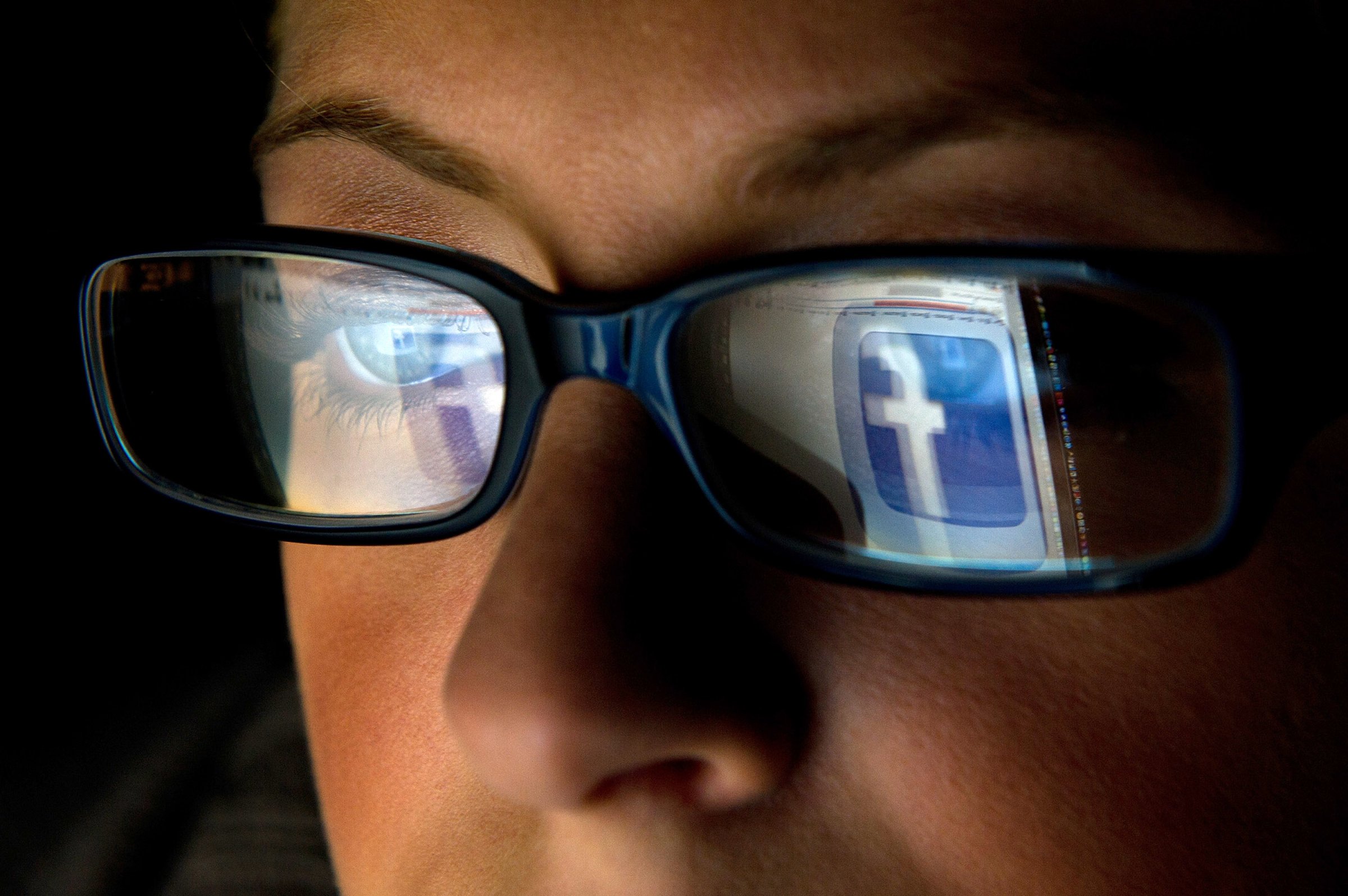
Facebook is well on its way to developing its next big cash cow, and it has nothing to do with the social network’s splashy billion-dollar purchases of messaging and virtual reality startups.
This year, the company dusted off its oft-neglected video feature and quickly made auto-playing clips ubiquitous in users’ News Feeds (with a big assist from the wildly viral ALS Ice Bucket Challenge). People are now watching videos uploaded directly to Facebook one billion times per day — and that big number is starting to whet marketers’ appetites. As the social network ratchets up its plan to lure brands to place video ads on the site, its efforts could eventually threaten YouTube, which has dominated the online video space for nearly a decade.
This holiday season, Facebook is partnering with brands such as fashion design house Kate Spade and retailer Gap to develop targeted video ads that play automatically in users’ feeds. The Kate Spade spot, a two-and-half minute short starring Anna Kendrick, has managed to rack up 1.8 million views and 49,000 likes, comments and shares since launching in November. A YouTube version of the commercial released the same day has about 150,000 views. (Facebook’s view metrics automatically lean in the social network’s favor because videos auto-play by default and only have to be seen for three seconds to register as a view; a Google spokesperson says a YouTube video must be watched “many times longer” to count as a view).
Kate Spade’s new spot was the first time the brand used Facebook’s native video player instead just posting a YouTube link onto Facebook. Chief Marketing Officer Mary Beech says the company is happy with the results, which came from a mix of paid promotion and organic sharing by users. Kate Spade now intends to launch another video ad on Facebook in the spring. “Facebook has been wonderful in terms of the shares,” Beech says.
Facebook’s video pitch to marketers is much the same as it’s always been: thanks to the social network’s massive trove of user data, Facebook believes it can show video ads to precisely those people who will be most receptive to them. “[Marketers] are looking at Facebook to deliver very personalized messages,” says Nicolas Franchet, head of retail and e-commerce on Facebook’s global vertical marketing team. “Video is now one of the ways they can do that.”
Videos also give Facebook another key data point it can use to try to ferret out its users’ intent. For example, Kate Spade was able to serve ads for certain products featured in the Anna Kendrick commercial specifically to users who saw the video. “If you’ve viewed a video, you’ve certainly formed some sort of interest in the brand and so the brand can capitalize on that,” Franchet says.
While Facebook has found fast success with video, YouTube continues to lead in the space by many metrics. An analysis of 10 holiday ad campaigns by the advertising research firm Unruly found that that the commercials earned 13 million views on Facebook, but about 32 million on YouTube. The YouTube versions of the videos were also shared more across the Internet, gaining 630,000 shares compared to 530,000 shares for the Facebook versions. And in terms of raw usage, YouTube is still king—the video site had 4 billion views per day way back in 2012, compared to Facebook’s current 1 billion (YouTube no longer regularly discloses overall viewcounts, but the amount of content being uploaded per minute to the site has quintupled since 2012). Compared to Facebook’s videos, YouTube videos are easier to find weeks or months after they’ve been posted, and they’re easier to embed on websites or competing social networks.
“With YouTube watch time up 50% [year-over-year] and data showing that people are watching more ads than ever, advertisers are finding that their campaigns have staying power on YouTube,” a Google spokesperson said in an emailed statement.
But Facebook’s video ambitions are still young, and the company has some key advantages that previous YouTube competitors lacked. With more than 1 billion monthly users each, Facebook and YouTube already boast similar scale globally. Facebook also drives some portion of YouTube’s traffic and could use its control of the News Feed to give its own videos preference over YouTube ones (Facebook videos are already the only ones that auto-play, and they appear as larger posts within the News Feed). And Facebook has reportedly been trying to use its substantial amount of cash (its annual revenue now exceeds $11 billion) to poach YouTube stars to get them to make Facebook-exclusive content.
Still, experts say the two sites currently offer different video viewing experiences. “If you go to YouTube, you’re kind of in a serach mode. You kind of want to sit back and watch something,” says Debra Aho Williamson, a social media analyst at eMarketer “On Facebook, it’s all about discovery–almost serendipity. It’s kind of a different mindset.”
Brands will likely continue to experiment on both platforms. Kate Spade, for instance, used portions of that Anna Kendrick ad to create pre-roll spots to place on YouTube. But with finite ad dollars available, companies will have to make a conscious decision about where they spend their online video ad money. And for the first time in a long time, the answer isn’t necessarily YouTube by default.
More Must-Reads from TIME
- Why Biden Dropped Out
- Ukraine’s Plan to Survive Trump
- The Rise of a New Kind of Parenting Guru
- The Chaos and Commotion of the RNC in Photos
- Why We All Have a Stake in Twisters’ Success
- 8 Eating Habits That Actually Improve Your Sleep
- Welcome to the Noah Lyles Olympics
- Get Our Paris Olympics Newsletter in Your Inbox
Contact us at letters@time.com